Sora AI: Ultimate Text to Video Generator AI App from OpenAI
Sora AI: OpenAI’s ultimate text to video generator AI tool. Discover its features, usage, and future potential in revolutionizing AI-driven video creation.
Sora AI is OpenAI's latest innovation in text to video generation, akin to DALL·E but designed for creating dynamic video content. By simply entering a text prompt, users can generate impressive videos, showcasing a significant advancement in AI capabilities.
Though still in testing, Sora has already produced results that are both striking and surreal, resembling video-game graphics. This article explores what Sora is, how it works, its potential applications across various industries, and the future possibilities of this groundbreaking technology. Join us as we uncover the transformative potential of this generative model.
What is Sora AI?
Sora is OpenAI's cutting-edge video generative model, allowing users to create videos simply by entering a text prompt. For instance, a prompt like "A stylish woman walks down a Tokyo street filled with warm glowing neon" results in a visually striking video that captures the essence of the description. While OpenAI claims Sora can create "realistic and imaginative scenes," it's worth noting that the videos currently lack sound and may not always deliver true realism.
In addition to text prompts, Sora can transform images into videos or extend existing video clips, making it a versatile tool for creators. The model generates videos of up to 60 seconds in length, featuring multiple characters, dynamic camera movements, and consistent, accurate details. Trained on diverse data, Sora has developed a profound understanding of how elements exist in the real world, enhancing its ability to produce engaging visual narratives. With this AI model, the future of content creation is becoming more imaginative and accessible than ever.
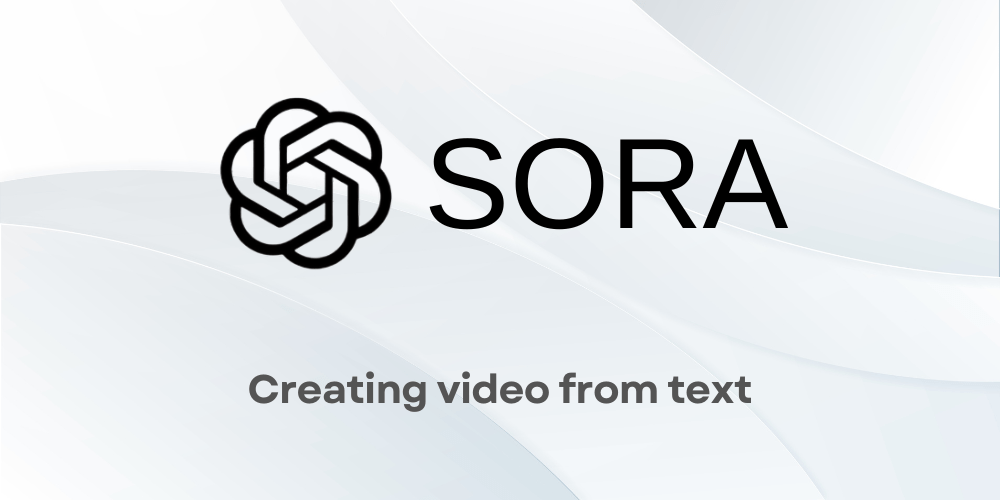
Key Features of Sora Text to Video Model
OpenAI's innovative video AI model, offers a range of powerful features that revolutionize content creation:
- Text to Video Generation: Effortlessly convert written descriptions into engaging videos, making visual storytelling accessible to all users.
- User-Friendly Interface: Designed for ease of use, Sora allows anyone—regardless of technical skill—to create professional-quality videos quickly.
- Customizable Content: Tailor videos by specifying details such as style, duration, and themes, enabling unique and personalized outputs.
- AI-Powered Creativity: Leverage advanced AI algorithms to enhance creativity, allowing experimentation with various formats and styles.
- High-Quality Outputs: Generate visually stunning videos that maintain coherence and high resolution, suitable for diverse applications.
- Diverse Applications: Ideal for marketers, educators, and content creators, This video generator can produce anything from promotional materials to educational videos.
- Rapid Turnaround: Quickly produce videos, making it an excellent choice for time-sensitive projects and campaigns.
- Content Optimization: Ensure videos are optimized for different platforms, enhancing effectiveness across social media and other channels.
By combining these features, This advanced AI stands out as a transformative tool in the evolving landscape of video content creation.
How Sora AI Works
This AI tool operates as a diffusion model, similar to DALL·E 3 and Midjourney, starting with static noise for each video frame. It gradually transforms this noise into coherent visuals based on user prompts, allowing videos of up to 60 seconds. A notable innovation in Sora is its ability to maintain temporal consistency, ensuring objects remain consistent even when they move in and out of view.
Combining diffusion with transformer architecture, Sora excels in generating detailed and coherent video content. It breaks each video frame into three-dimensional "spacetime patches," allowing the model to understand relationships across time. This method ensures that video generation is efficient and versatile, accommodating various formats without requiring specific dimensions.
To enhance fidelity, Sora employs a recaptioning technique, refining user prompts to capture more detail before video creation. This comprehensive approach allows Sora to produce visually impressive, engaging videos, making it a groundbreaking tool in the realm of generative AI.
Benefits of Using OpenAI's Video Model
This advanced AI revolutionizes video creation by generating videos directly from text prompts, making it accessible for content creators. Beyond simple prompts, it can convert static images into videos, add special effects, extend clips, and create seamless loops, simplifying the production process without the need for complex editing software.
Ideal for indie filmmakers and small studios, Sora allows users to generate intricate backgrounds and effects on a budget. However, the ease of creating convincing videos raises ethical concerns, particularly regarding deepfakes. While Sora offers impressive capabilities, it doesn’t replace human creativity in storytelling. Overall, OpenAI's text-powered video generation solution is a groundbreaking tool that merges creativity with technology to transform video content creation.
Use Cases of Video AI
this AI model opens up a world of possibilities across various sectors:
- Entertainment: Filmmakers and visual artists can generate storyboards or short film sequences from scripts, streamlining production and enhancing creative exploration.
- Education: Sora produces engaging educational materials, such as reenactments of historical events and visual explanations of complex scientific concepts, enriching the learning experience.
- Marketing and Advertising: Marketers can create eye-catching promotional videos quickly from written descriptions, optimizing content for platforms like TikTok and Instagram.
- Gaming: Game developers can generate dynamic backgrounds and immersive cutscenes, enhancing narrative depth and player engagement.
- Social Media: Sora enables the creation of unique short-form videos, making it easier to produce content that captures attention without the need for extensive filming.
- Prototyping: It serves as a powerful tool for demonstrating ideas, allowing filmmakers and designers to visualize concepts before production.
Sora is set to transform how industries approach video content creation, offering innovative solutions tailored to diverse needs.
Examples of OpenAI's Sora Text to Video Generator
Here's the 7 examples of videos generated with Sora:
Mitten astronaut:
Prompt: A movie trailer featuring the adventures of the 30 year old space man wearing a red wool knitted motorcycle helmet, blue sky, salt desert, cinematic style, shot on 35mm film, vivid colors.
Big sur:
Prompt: Drone view of waves crashing against the rugged cliffs along Big Sur’s garay point beach. The crashing blue waters create white-tipped waves, while the golden light of the setting sun illuminates the rocky shore. A small island with a lighthouse sits in the distance, and green shrubbery covers the cliff’s edge. The steep drop from the road down to the beach is a dramatic feat, with the cliff’s edges jutting out over the sea. This is a view that captures the raw beauty of the coast and the rugged landscape of the Pacific Coast Highway.
Monster with melting candle:
Prompt: Animated scene features a close-up of a short fluffy monster kneeling beside a melting red candle. The art style is 3D and realistic, with a focus on lighting and texture. The mood of the painting is one of wonder and curiosity, as the monster gazes at the flame with wide eyes and open mouth. Its pose and expression convey a sense of innocence and playfulness, as if it is exploring the world around it for the first time. The use of warm colors and dramatic lighting further enhances the cozy atmosphere of the image.
Gold rush:
Prompt: Historical footage of California during the gold rush.
Birds over river:
Prompt: Borneo wildlife on the Kinabatangan River
Chinese new year dragon:
Prompt: A Chinese Lunar New Year celebration video with Chinese Dragon.
Train window:
Prompt: Reflections in the window of a train traveling through the Tokyo suburbs.
How to Use Sora AI for Free
Currently, this AI tool is available to red teamers for assessing potential risks and to select visual artists, designers, and filmmakers for feedback. If you're a creative professional interested in using Sora, you can apply for access through OpenAI's Sora AI official page.
Once granted access, you can generate videos based on your text prompts, enhancing your creative projects with unique and imaginative scenes. For updates on broader public availability and future engagement opportunities, be sure to follow OpenAI's website and Twitter.
Sora Substitutions: Top Alternatives for Text to Video or Image to Video Generation
Several high-profile alternatives to Sora enable users to create video content from text, offering unique features and capabilities. Here are some of the leading options:
- Runway Gen-3
- Developer: Runway
- Platform: Web, Mobile
- Target Audience: General users
- Key Features: User-friendly Text-driven video generation AI with advanced capabilities.
- Lumiere
- Developer: Google
- Platform: PyTorch Extension
- Target Audience: Developers, Researchers
- Key Features: Advanced video generation tailored for PyTorch users.
- Make-a-Video
- Developer: Meta
- Platform: PyTorch Extension
- Target Audience: Creators, Researchers
- Key Features: High-quality video generation from textual prompts.
In addition to these major players, several smaller competitors provide effective solutions:
- Pictory: Simplifies text-to-video conversion, targeting content marketers and educators.
- Kapwing: An online platform that focuses on ease of use for social media marketers and casual creators.
- Synthesia: Specializes in AI-powered video presentations with customizable avatars for business and education.
- HeyGen: Aims to simplify video production for product marketing, sales outreach, and education.
- Steve AI: Enables video generation and animation from various input types, including prompts and scripts.
- Elai: Focuses on e-learning and corporate training, transforming instructional content into engaging videos.
These alternatives offer diverse tools and functionalities, catering to different needs within the video AI landscape. Whether you're a marketer, educator, or content creator, there's an option that fits your requirements.
Potential Risks and Concerns of Video AI models
The generative video model poses several potential risks similar to those of text-to-image models:
- Harmful Content
Without safeguards, Sora could generate inappropriate videos, including violence and hate imagery, with context-dependent interpretations. - Misinformation and Disinformation
Sora’s ability to create deepfake content can lead to the spread of false narratives, undermining public trust, especially during elections. - Biases and Stereotypes
Outputs may reflect biases present in the training data, impacting sensitive areas like hiring and policing. - Precision and Authenticity
While sophisticated, Sora may not always replicate reality accurately, necessitating ongoing user feedback for improvement. - Safety Concerns
OpenAI has implemented measures, including adversarial evaluations and content detection tools, to mitigate risks associated with harmful material.
OpenAI's Commitment to Ethical Use
OpenAI is actively addressing ethical concerns by collaborating with experts to assess risks, developing tools to detect misleading content, and enforcing usage policies to ensure a responsible AI ecosystem.
Comparison with Other Text to Video Tools
As this video creation model emerges as a frontrunner in generative video technology, it's essential to compare it with existing alternatives that offer unique features. Here’s how Sora stacks up against five noteworthy tools:
- Augie Storyteller (Stable Diffusion)
While Sora excels in realistic scene generation, Augie specializes in animating written narratives, making it ideal for educators and storytellers looking to visualize their stories. Unlike Sora, Augie relies on third-party technology for its generative capabilities. - RunwayML
Sora focuses on high-quality video generation from text prompts, whereas RunwayML offers a broader creative toolkit with real-time video editing and a vast library of pre-trained models. RunwayML is designed for collaborative projects, providing flexibility that complements Sora's capabilities. - DeepBrain AI
While Sora creates imaginative video content, DeepBrain AI centers on producing videos with AI-generated human avatars. This makes DeepBrain particularly valuable for educational and customer service applications, offering a different approach to video creation than Sora. - Pika Labs
Pika.art allows artists to animate their digital artworks, presenting a more artistic focus compared to Sora's comprehensive video generation. Sora's broader application might attract a wider audience, but Pika Labs shines in bringing artistic creativity to life. - Fliki.ai
Fliki excels at transforming text into engaging videos using diverse AI voices and images. While Sora emphasizes generating complex scenes, Fliki is tailored for educational and marketing content, offering simplicity and ease of use.
In summary, while Sora stands out for its advanced capabilities, these alternatives provide specialized features that can complement or enhance your video production experience today. Exploring these tools can offer additional creative avenues alongside Sora’s innovative technology.
Pricing and Availability
this model is currently accessible primarily to "red teamers," who are AI researchers focused on identifying vulnerabilities within the model. Their feedback will help refine Sora before its eventual public release. As of now, OpenAI has not provided a specific timeline for when Sora will be available to the general public.
In the meantime, several alternative text-to-video AI models are available for immediate use. Runway Gen-2 stands out as a leading option, while Google's Lumiere and Meta's Make-a-Video are accessible as PyTorch extensions for those with the technical skills to implement them. For a broader selection, consider exploring Zapier's curated list of the best AI video generators. These options provide diverse features and capabilities to suit various creative needs while waiting for Sora's launch.
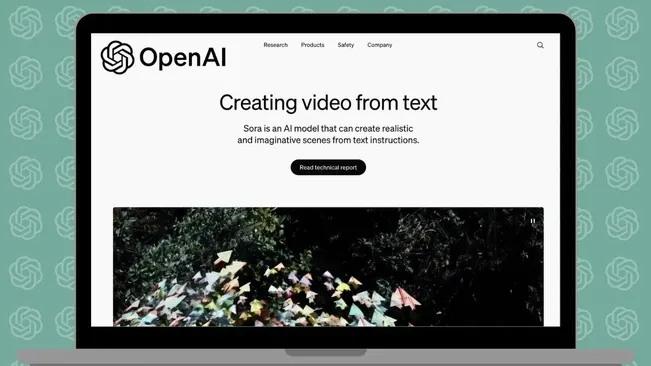
Future of Video Creator Models
The future of OpenAI's video creator AI is filled with potential and anticipation. While specific development details are still under wraps, several advancements are expected in upcoming versions:
- Democratizing Video Creation: This video generator model aims to empower individuals and businesses with limited resources to transform their ideas into video content, opening doors for new voices and diverse storytelling.
- Enhanced Storytelling and Communication: With its ability to generate high-concept videos, Sora will enable businesses in education, marketing, and entertainment to create visually compelling content that enhances communication and understanding across audiences.
- Advancing Design and Prototyping: Sora's capabilities in design can accelerate product development cycles by allowing creators to visualize and iterate concepts quickly, leading to faster and more innovative product launches.
- Expanding Research Horizons: Beyond creativity, Sora can aid scientific research by generating visual data for simulations and experiments, pushing the boundaries of knowledge and understanding.
Anticipated Advancements
- Integration with Virtual and Augmented Reality: Sora's potential integration with VR and AR could revolutionize digital content experiences, allowing users to immerse themselves in narratives crafted directly from text.
- Real-Time Video Generation: Future iterations may enable real-time video creation, responding dynamically to live inputs, which would transform interactive storytelling and personalized content delivery.
- Expansion into New Industries: Sora's applications could extend into healthcare, retail, and the public sector, providing innovative solutions for complex communication challenges.
The future of Sora is not just about technological advancements; it's about reimagining storytelling, education, and creative expression in a digital-first world, enhancing how we convey and comprehend information.
Conclusion
Sora AI represents a significant leap in text-to-video generation technology, enabling users to create dynamic and engaging videos simply by entering text prompts. With its potential for producing visually stunning content, Sora is poised to transform various industries, from education to marketing and entertainment.
While still in the testing phase, Sora has already demonstrated impressive capabilities, generating imaginative scenes that resemble video-game graphics. As we explore its features, applications, and future possibilities, it becomes clear that Sora will democratize video creation, enhance storytelling, and advance design processes.
The anticipated advancements, including integration with virtual reality and real-time video generation, highlight the transformative power of this AI. As OpenAI continues to refine the model and gather user feedback, Sora promises to reshape the landscape of video content creation, paving the way for innovative solutions and creative expression in an increasingly digital world.
FAQs
Is Sora available to the public?
No, Sora is currently only accessible to a select group of expert testers evaluating the model for potential issues.
How can I access Sora?
There is no waiting list for Sora yet, but OpenAI plans to release one in the future, which may take a few months.
When will OpenAI's Sora launch?
There is no confirmed launch date for the public release. However, based on previous OpenAI launches, we might see a version available in 2024.
Are there any Sora alternatives I can use in the meantime?
Yes, you can explore tools like Runway Gen-2 and Google Lumiere to experience text-to-video capabilities.
Is Sora AI free?
Pricing for Sora has not been announced yet, but OpenAI typically charges for its premium services.
How does Sora work?
Sora operates as a diffusion model, starting with static noise for each video frame and using machine learning to transform it into coherent visuals based on text prompts.
How long can Sora videos be?
Sora can generate videos of up to 60 seconds in length.
What types of videos can Sora create?
Sora can produce a wide variety of videos, including educational animations, artistic pieces, product demos, and more.
How detailed can text prompts be?
Sora handles complex instructions, allowing users to specify styles, actions, camera angles, and emotional undertones.
Does Sora replace human creativity?
Sora enhances creativity but does not replace it. Human intuition and vision remain crucial in the creative process.
What are the ethical considerations around Sora?
Responsible use is essential to ensure videos are not misleading or harmful. OpenAI emphasizes ethical AI development.
Could Sora disrupt the filmmaking industry?
By democratizing video creation, Sora lowers barriers and increases accessibility, potentially transforming various aspects of content production.
Are there limitations to what Sora can generate?
While Sora is powerful, it may struggle with highly complex visuals or lengthy timelines, and expectations should be managed as the technology is still developing.
How does Sora differ from other text to video AI models?
Sora excels in coherence, quality, and the ability to handle a broader range of requests compared to other models.
Will Sora always match my vision exactly?
There may be misinterpretations, so iterative refinements might be necessary to achieve the desired result.
How can I stay updated on Sora's development?
Follow the OpenAI Blog for the latest news and announcements regarding Sora and other projects.


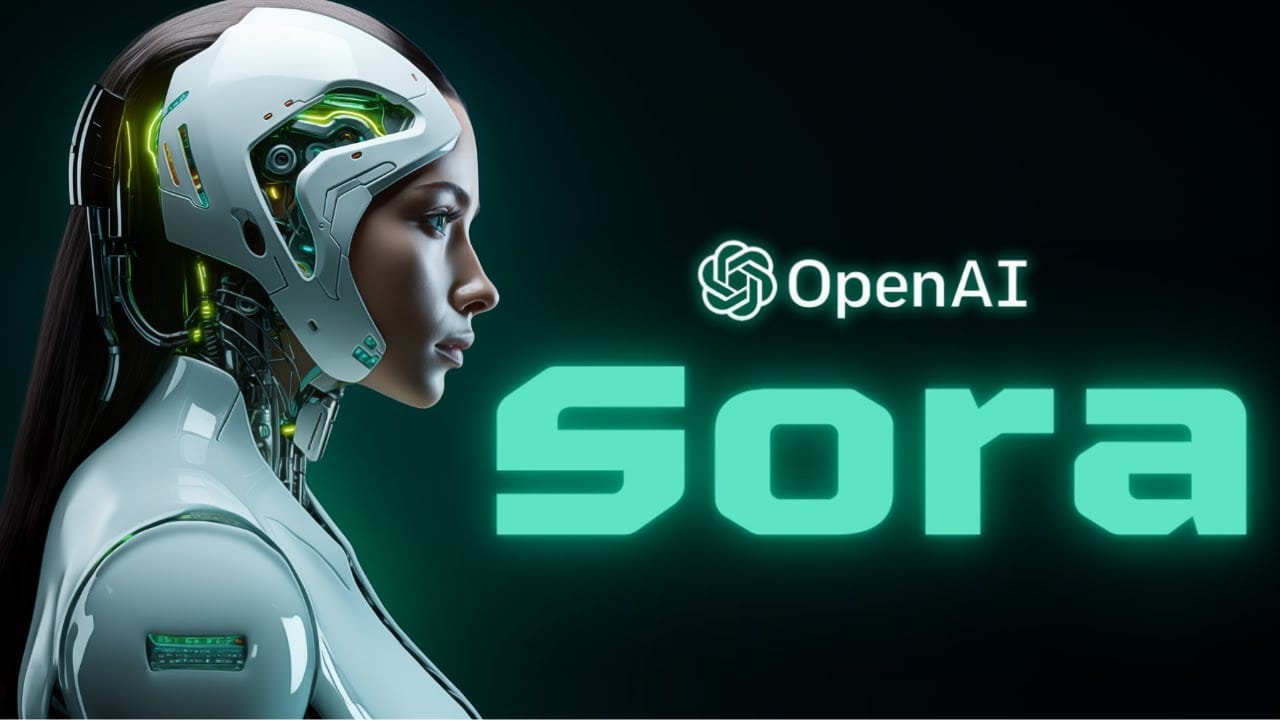
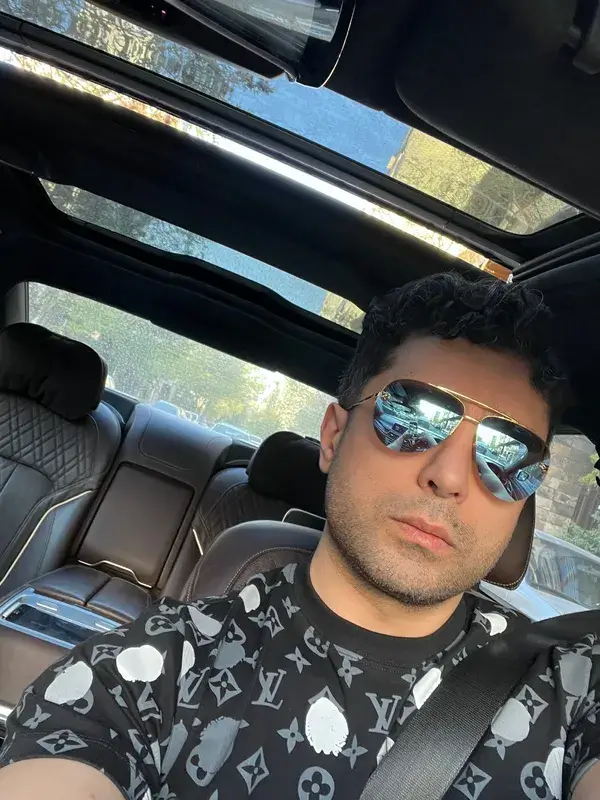
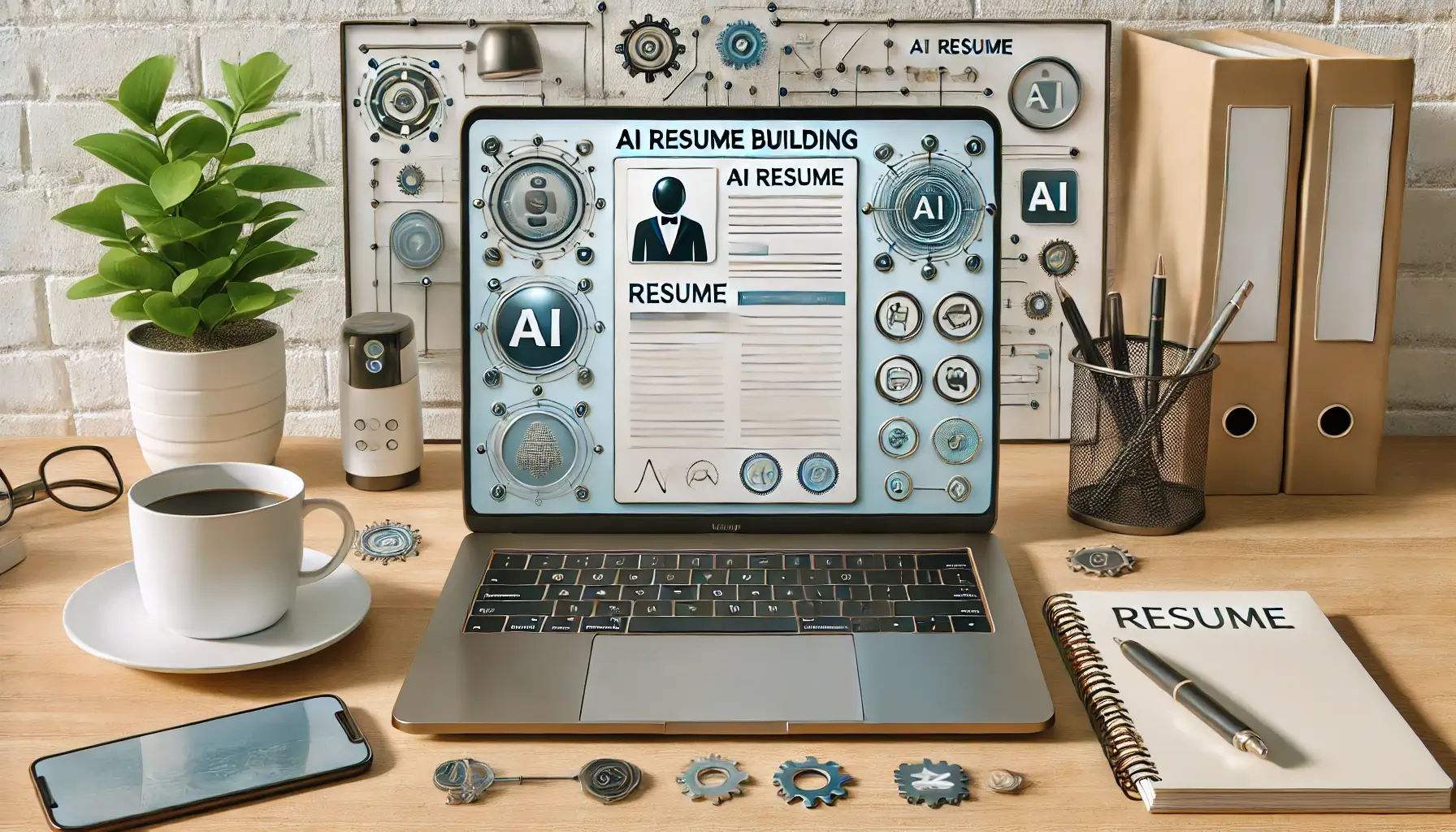
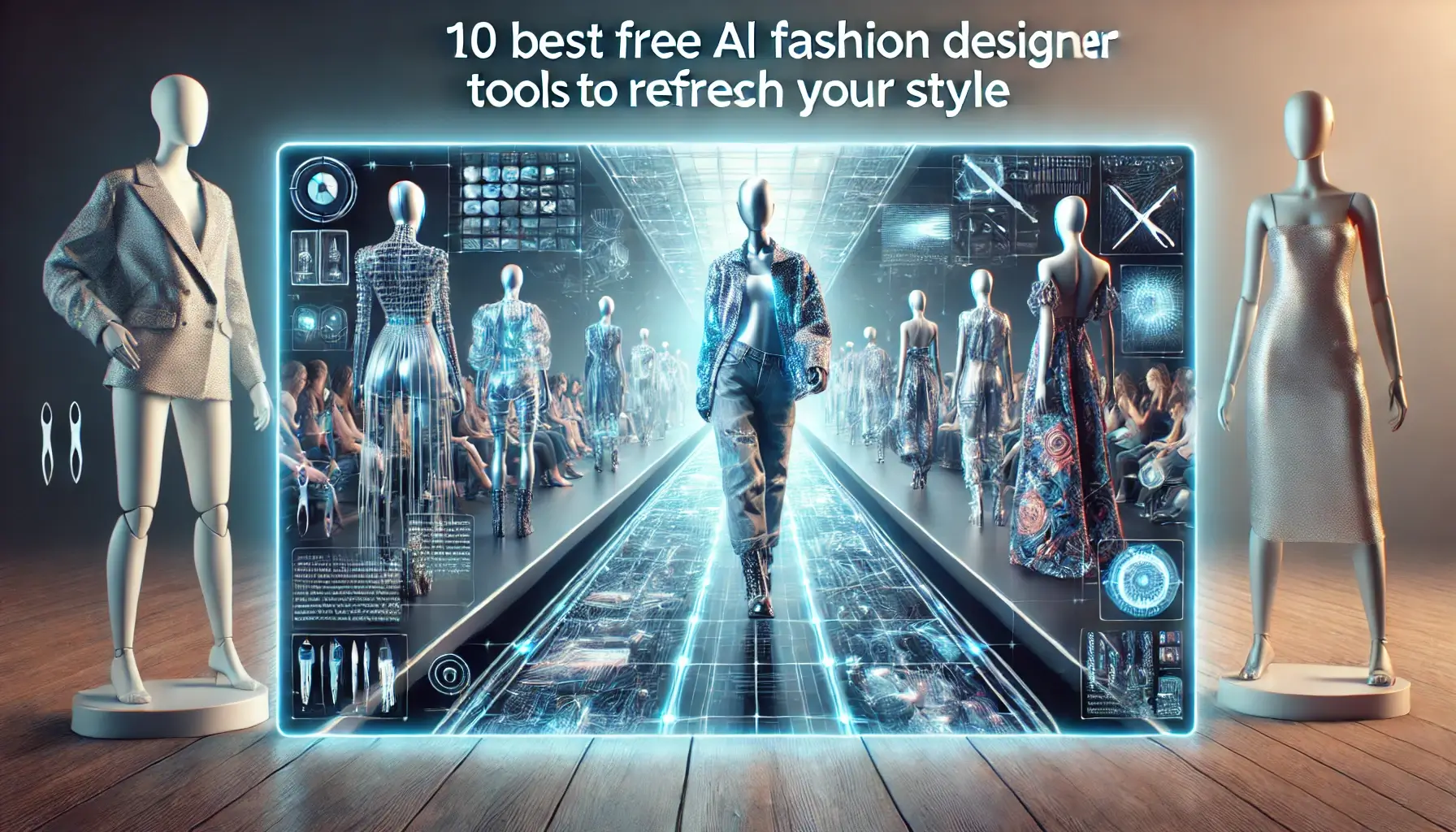
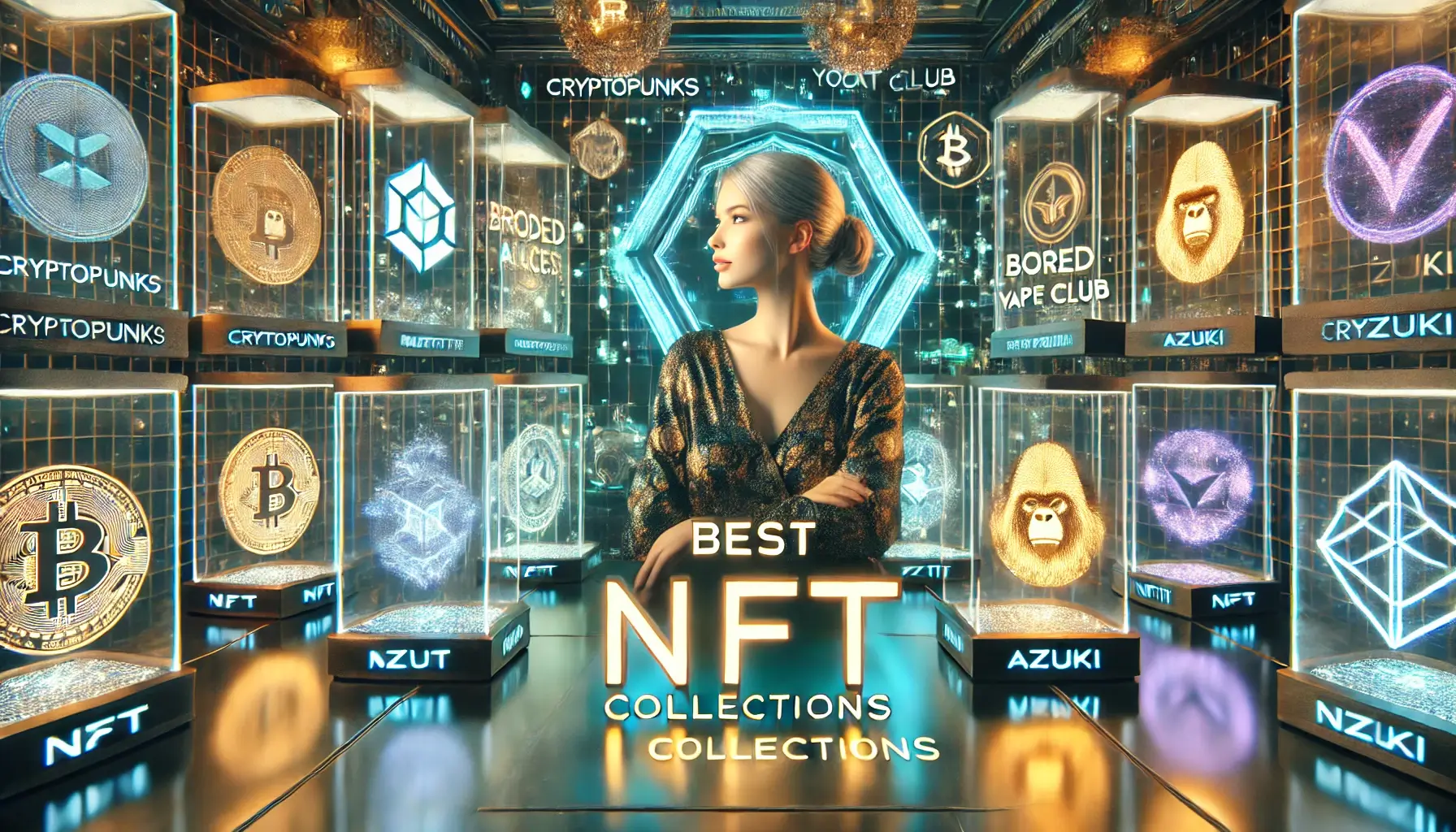
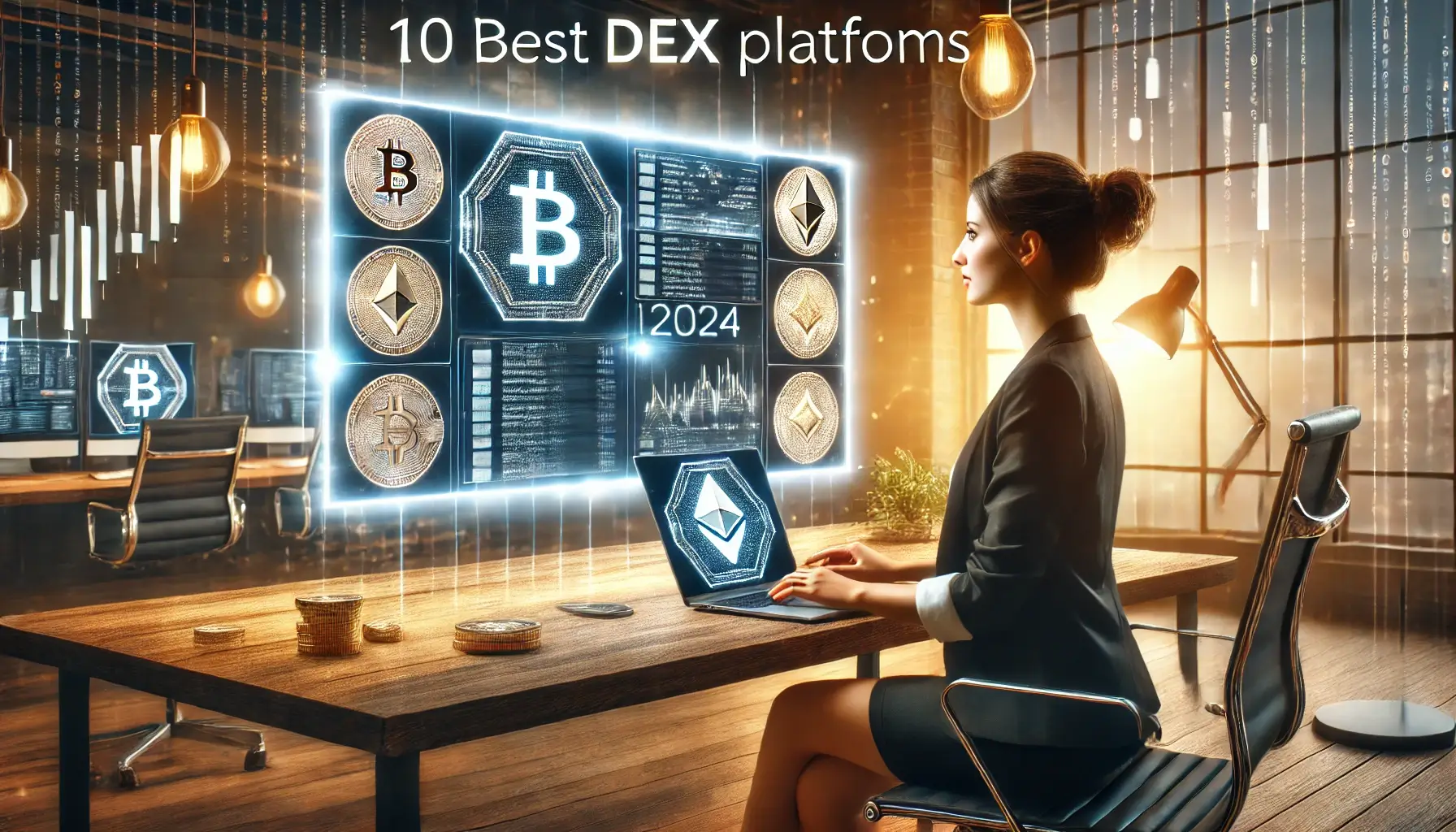

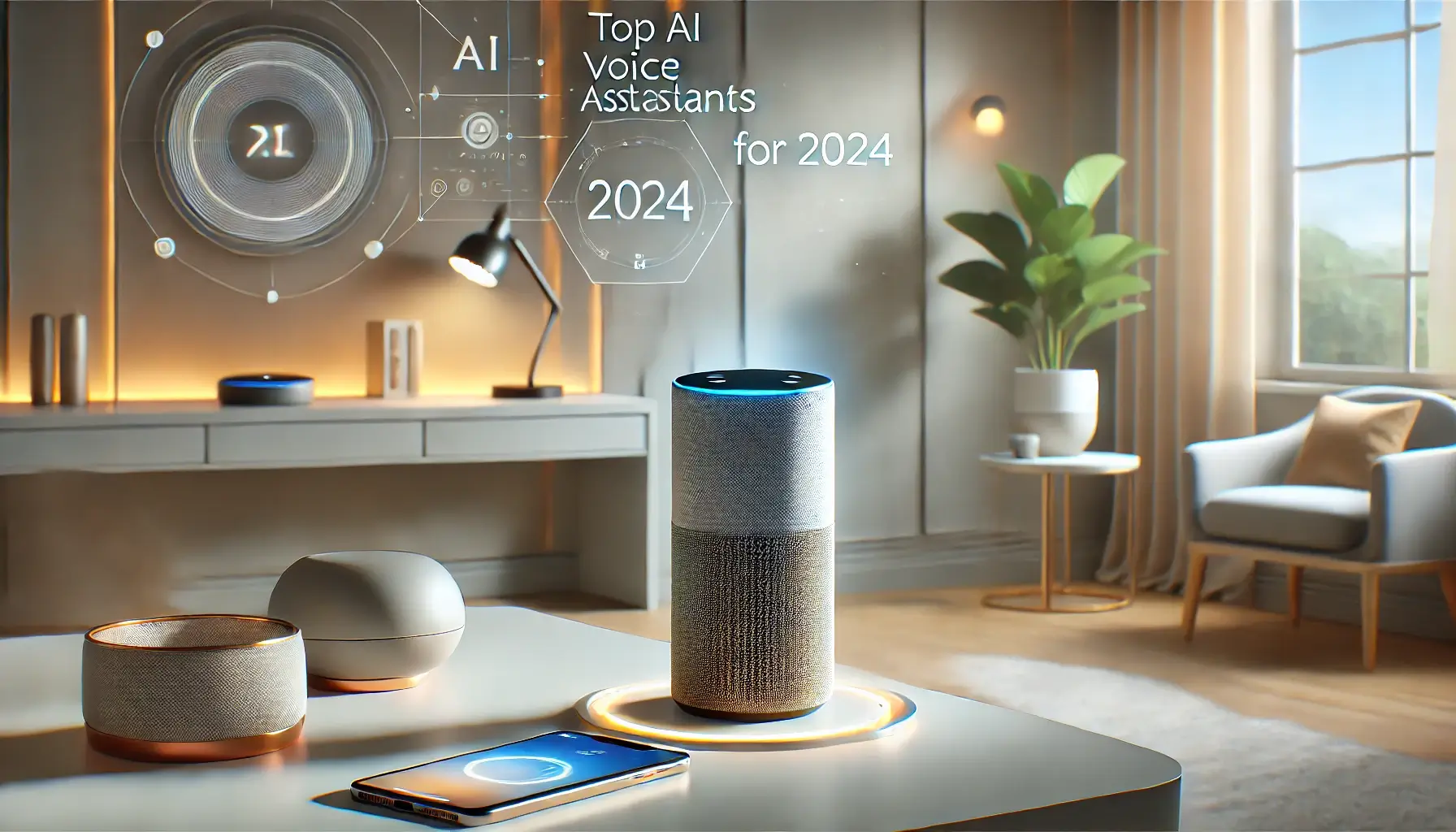

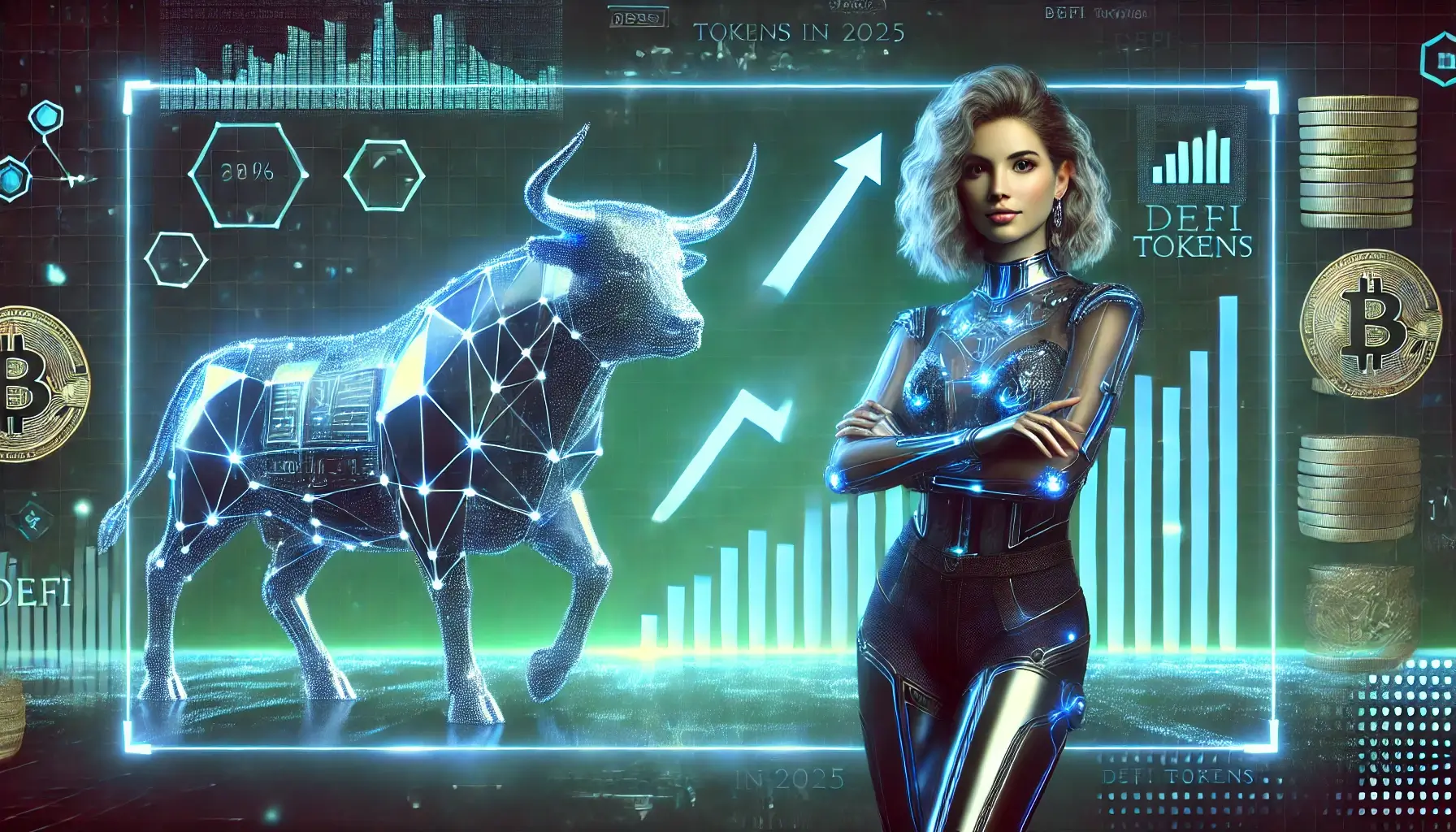


Discussion